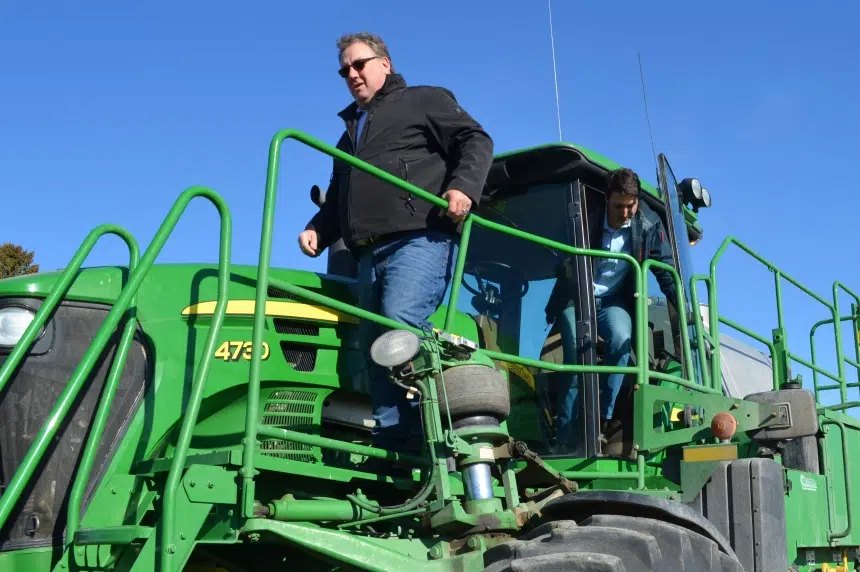A section of the new federal budget announced earlier this week aims to help farmers.
Agricultural Producers Association of Saskatchewan president Todd Lewis remembers plenty of budgets where farmers aren’t even mentioned, so seeing a number of new initiatives was welcome news.
“It was interesting that agriculture was mentioned as a real pillar of the economy. It’s good to see recognition that agriculture is important in this country. It’s a little short on details, but we’ll see what comes out over the next number of months,” Lewis said.
Part of Ottawa’s “green growth” budget is aimed at climate change, reducing emissions and increasing energy-efficient farming operations through targeted investment and some instances of direct payments.
A majority of the new spending will take place over three years, with roughly $100 million coming in the first year “based on proceeds from the price on pollution collected in the prior fiscal year, and are expected to increase as the price on pollution rises,” a section of the budget read.
Another $50 million is intended for farmers to purchase energy-efficient grain dryers to help reduce emissions.
Lewis said he would wait for further details before getting to encouraged about the incoming money, but said anytime the federal government is willing to support farmers this way can be considered a win.
“How that will be rolled out will be interesting,” he said. “Is that $50 million a year or $50 million one time?”
Knowing grain dryers stay on farms for long periods of time means the opportunity to upgrade such a significant piece of the equipment on the farm is a rare opportunity for Saskatchewan’s farmers.
“Farmers use them and they wear out,” Lewis said of grain dryers lasting 10 years or longer on some farms. “This will be an opportunity for them to get some funding help.”
With the province intending to create its own carbon pricing plan following the Supreme Court of Canada’s decision that the Liberals’ carbon tax is constitutional, Saskatchewan farmers may be ineligible for federal payments.
“Bureaucracy and government programming isn’t always the best way to put money back in farmers’ pockets. The best way is just to leave it in the farmers’ pockets to start with, but that’s not the system we have right now with carbon pricing,” Lewis said.
An additional $200 million is being added to the Agricultural Climate Solutions program over two years, which will target emission reductions by improving nitrogen management, increasing cover cropping and rotational grazing.











